You’ve probably heard about the benefits of activated charcoal. It’s great when it comes to water purification, poison treatment, and other things.
When everything goes down, it would really help if you know how to make this miracle powder without making a trip to the nearest hardware store.
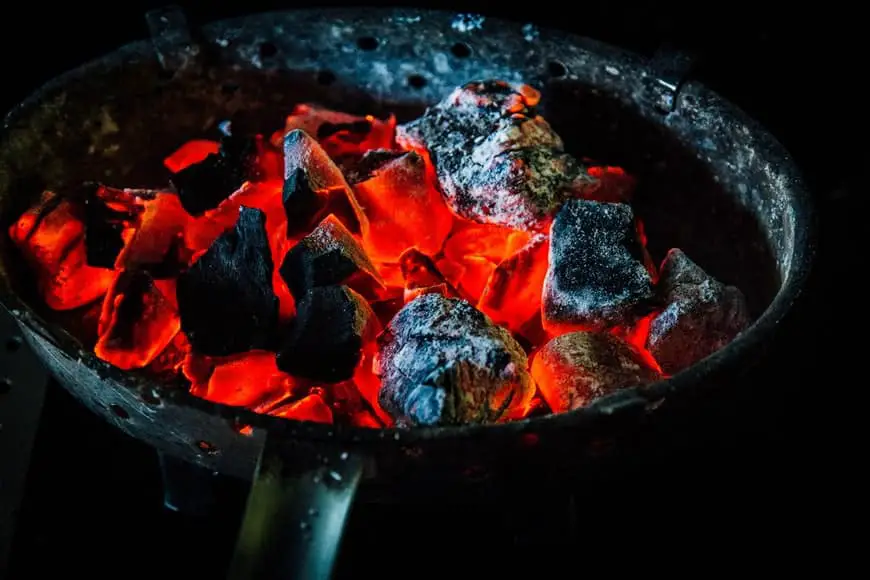
Making activated charcoal requires only basic ingredients. While some of these ingredients may sound a bit complex, they are generally easy to find and improvise.
In this article, you will learn how to make activated charcoal at home. With a little bit of knowledge and some scientific magic, you can roll up your sleeves and start making this magic powder yourself.
What is Activated Charcoal?
Once considered the “universal antidote”, activated charcoal or activated carbon is a fine black powder made from coconut shells, bone char, or chunks of wood. It is activated by processing it at very high temperatures. The process allows it to change its internal structure, reducing the size of its pores and expanding its surface area.
Unlike charcoal briquettes, activated charcoal is more porous and contains less substances that are toxic to humans. In fact, activated charcoal works well in trapping toxins and other harmful chemicals in the gut, preventing their absorption.
Thanks to the negative electrical charge of its porous texture, activated carbon is able to attract positively charged molecules such as toxins and gases. Since this substance is not absorbed by the body, it helps carry the toxins bound to its surface out of the body in the form of feces.
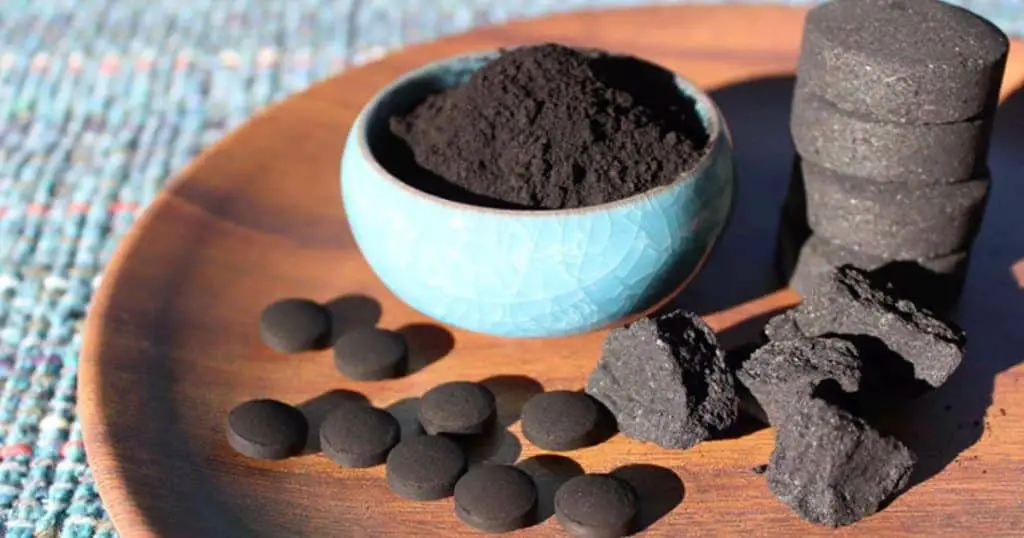
Types of Activated Charcoal
There are many different types of activated charcoal. While it is not easy to classify them based on their behavior and physical characteristics, there are broad classifications of activated carbon on the basis of their size, uses, and preparation methods.
Let’s take a look at some of them:
1. Wood-Based Activated Charcoal
This type of activated carbon has several industrial applications. Typically made from coal and coconut products, it has a high surface area and amazing decolorizing properties, thanks to its remarkable porosimetry.
These are the distinct characteristics of wood-based activated charcoal in a nutshell:
- Relatively low density
- Renewable source of raw material
2. Coconut Shell-Based Activated Charcoal
This type of activated charcoal is best used in water and critical air applications. It’s also great when used in water filters and respirators.
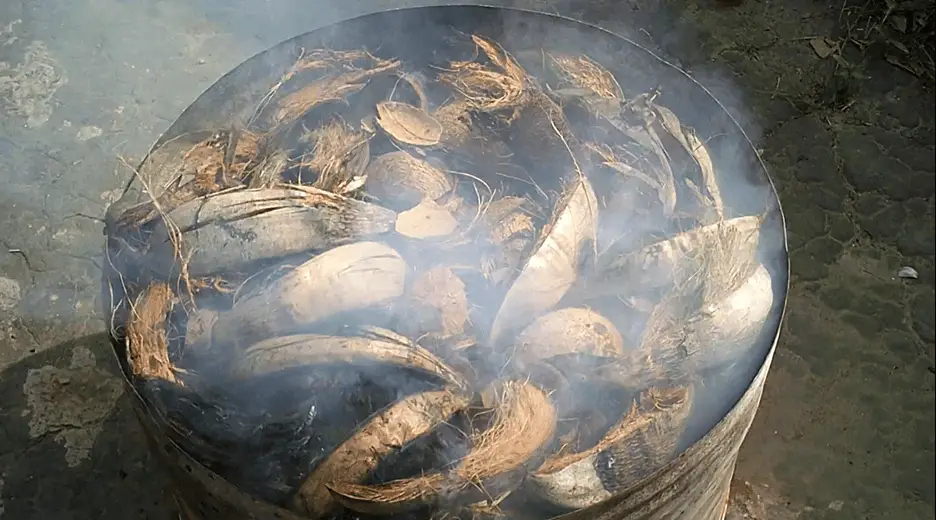
Among its outstanding characteristics include:
- Extremely high surface area characterized by a large proportion of micropores
- Extreme hardness with low dust generation
- Notable purity, with most products exhibiting no more than 3-5% ash content
- Renewable and green raw material
3. Coal-Based Activated Charcoal
One of the cheapest types of activated carbon out there, coal-based activated charcoal is a relatively low-cost filter media for both gas and liquid applications. It also has a remarkably high surface area, characterized by both mesopores and micropores.
Here are some of the characteristics of coal-based activated charcoal:
- Consistent density
- Hard materials with minimal dust generation
- Low cost
4. Catalytic-Based Activated Charcoal
Mostly used in the filtration process, catalytic-based activated carbon is primarily used to filter out chloramines and hydrogen sulfide from drinking water. It comes with all the absorptive characteristics of other types of activated carbons.
5. Impregnated Activated Charcoal
Impregnated activated carbon results from the process of surface impregnation which involves subjecting activated carbon through a fine distribution of chemicals and metal particles on the internal surfaces of its pores. This process results in better adsorptive capacity through a synergism between the carbon and the other chemicals.
It also provides an economical way to remove impurities from gas streams which would otherwise not be possible.
The Difference Between Regular Charcoal and Activated Charcoal
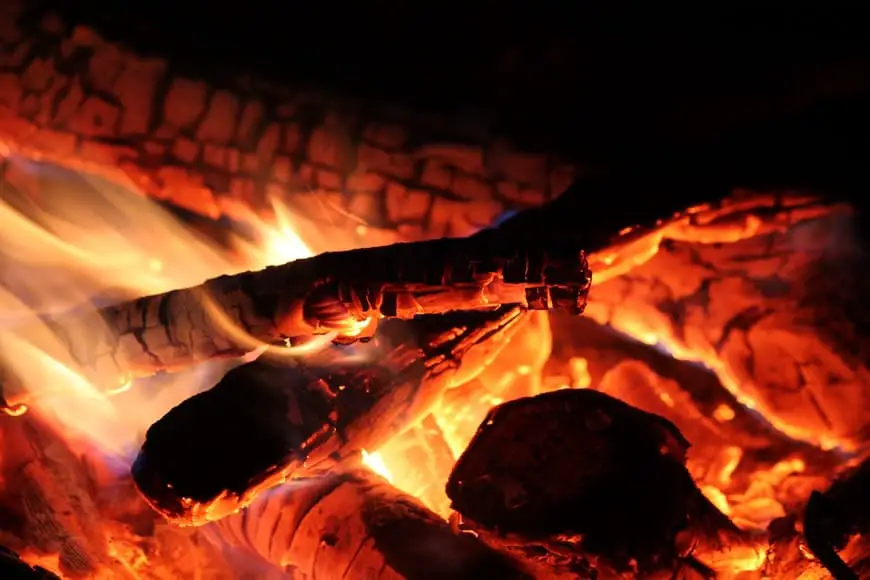
Both regular charcoal and activated charcoal are derived from carbon and obtained by burning organic carbon material at extremely high temperatures. However, these two substances differ in many things.
Take a look at the list below:
Process
While regular charcoal is produced by burning wood or other organic materials at hot temperatures and in the absence of oxygen, activated charcoal is the residue obtained after subjecting carbon-rich materials to extremely high temperatures with the addition of other substances.
Heating Temperature
Regular charcoal is burned under moderately high temperatures. On the other hand, activated charcoal is burned under extremely high temperatures. The additional substances in activated charcoal that are not present in regular charcoal are the reasons why such a significant amount of heat is required to heat it.
Structure
When it comes to structure, regular charcoal is characterized by its low density, bad heat and electricity conductivity, and porosity. On the other hand, activated charcoal is characterized by its much greater surface area. Unlike regular charcoal, it also makes an excellent absorbent.
Uses
Some of the common uses of regular charcoal include teeth whitening and oral health, filtration of water, cooking products, and treatment of diarrhea. Meanwhile, activated charcoal is used in skincare products, deodorants, water filtration, and treatment of a wide range of health conditions.
Porosity
Compared with activated charcoal, regular charcoal is less porous because of its internal structure. The surface area of activated charcoal makes it highly porous thanks to the addition of substances such as chloride salts.
The Uses of Activated Charcoal
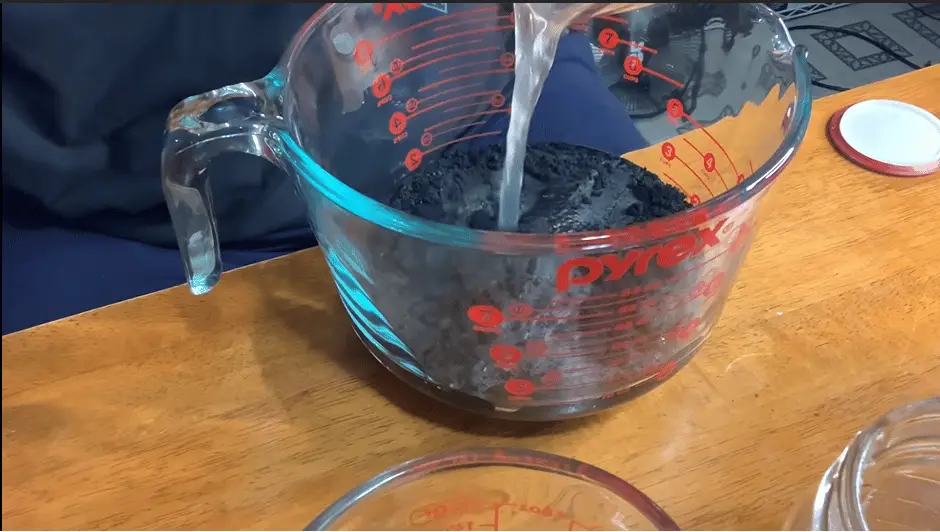
It is common knowledge that activated charcoal can be used for the emergency treatment of overdose and poisoning. Because of its ability to trap toxins, however, some advocate using this substance as a treatment for a dozen more conditions.
While there is no conclusive research done to establish the benefits of activated charcoal to date, many over-the-counter (OTC) products available on the market today rely on its basic chemical properties to support their health claims.
Some of the uses of activated charcoal supported by evidence include:
Home
Activated charcoal has several uses in the home. For centuries, it has been used to remove toxins and odors, purify the air, and more.
Keeps towels and bathmats clean
Towels, dishcloths, and bathmats are just some of the items in the home that are common breeding grounds for bacteria. If you infuse these items with activated charcoal, they will benefit from its microbial and anti-odor properties.
Absorbs refrigerator smells
When combined, activated charcoal and baking soda can help eliminate odors.
Keeps your closet odorless
A piece of activated charcoal is enough to combat musty odors in your drawers and closet.
Captures harmful VOCs
If you are painting your room, a canister of activated charcoal powder can serve you well. This will help filter volatile chemicals from the air, keeping smells at bay.
Health
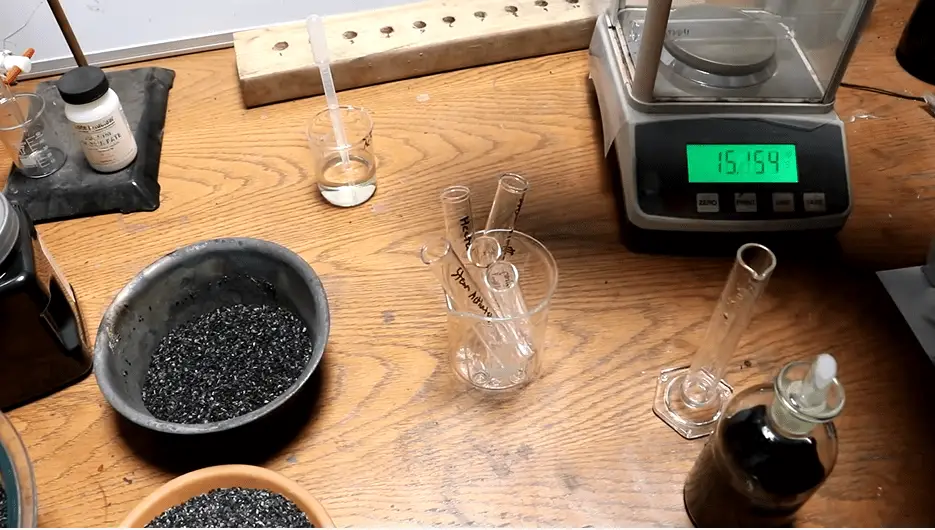
Since activated charcoal is good at trapping certain chemicals, it is often associated with some health benefits. These include reducing intestinal gas, lowering cholesterol levels, treating bile flow problems, and more.
Helps promote kidney function
Activated charcoal may help promote kidney function by reducing the amount of waste products that the kidneys have to filter. One study showed how it’s able to reduce serum urea, C-reactive protein and urea in untreated CKD rats.
Helps people suffering from trimethylaminuria (TMAU)
More commonly known as fish odor syndrome, TMAU is a genetic condition in which an odor similar to that of rotting fish accumulates in the body. The porous surface of activated charcoal helps trap such small odorous compounds before flushing them out of the body.
Helps reduce cholesterol
You may also use activated charcoal to lower bad cholesterol while increasing good cholesterol in your body. That is because it has the ability to bind cholesterol and cholesterol-containing bile acids in the gut, keeping the body from absorbing them.
Pets
If your pet has ingested toxins, activated charcoal can help flush the substance out of their body. However, activated carbon has far more benefits for pets than just preventing poisoning. Among the more common conditions activated charcoal is known to treat are:
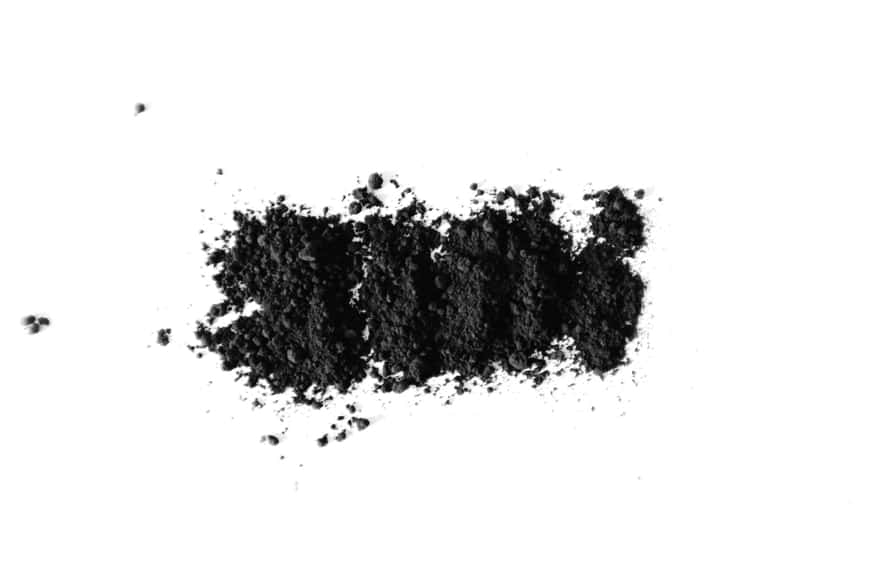
- Gas and bloating
- Vomiting
- UTI
- Parvo in dogs
- Diarrhea
- Allergic reactions to medications and vaccines
- IBS
- Cholesterol reduction
- Wound infection
- Renal failure
- Flea treatment
Take note that you can’t just give activated charcoal to sick pets. It’s best to talk to a veterinarian for proper guidance.
Survival
With its ability to bind toxins and pathogens, there is no doubt that activated charcoal is an incredible substance. In fact, it can also be used for emergencies and survival and is one of those versatile items you may consider having in your emergency kit.
Poisoning
You can use activated charcoal to treat poisoning. It is so effective in treating poisoning that it is what hospitals usually use for poison cases.
Gas Mask
Since activated charcoal can absorb chemicals in the air, it makes an effective gas mask filter. While this may not be as good as a professional gas mask, it’s still good to have in a SHTF situation.
Bites and stings
There are plenty of anecdotal cases of people using activated charcoal to treat venomous snake bites. This substance is so effective that it can even draw out cobra venom from a bitten person.
How to Make Activated Charcoal
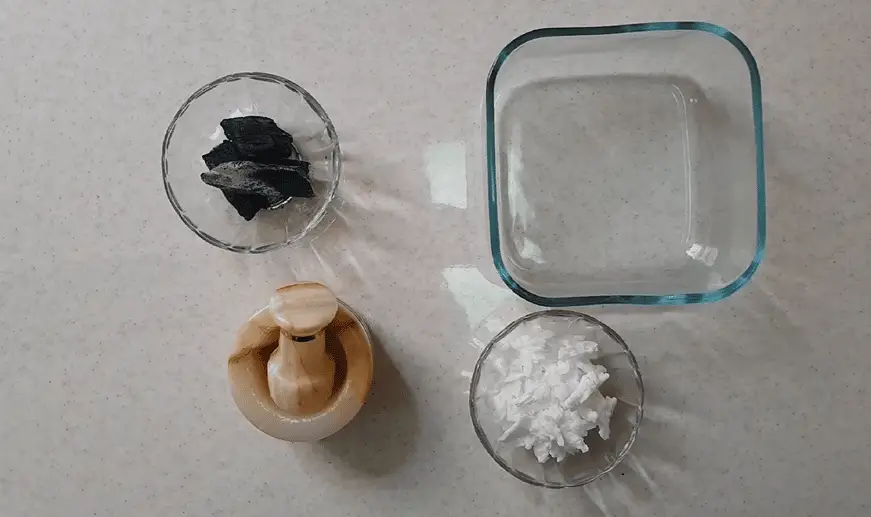
You need only basic ingredients to make activated charcoal at home. Most of these ingredients are easy to find, if not readily available. While some of them may seem somewhat scary, there are alternatives to them to make the process work.
Activated Charcoal Ingredients
- Charcoal or hardwood
- Calcium chloride solution, zinc chloride, or lemon juice
- Water
Tools to Make Activated Charcoal
- An extremely hot fire
- A heavy-duty pot with a loose-fitting lid
- A hammer or small ledge for crushing the charcoal
- A mortar and pestle, blender, or food processor
- Fine mesh screen or strainer
- Pans
- Distilled water
- Coffee filter
Steps to Make Activated Charcoal
Step 1: Choosing your charcoal source
We do not recommend buying regular charcoal briquettes when making activated charcoal. This is because charcoal briquettes produced for commercial use often have chemicals infused in them during the manufacturing process.
If you want to make sure your charcoal is 100% natural and chemical-free, read the label before purchasing. There are charcoal brands that are commonly referred to as “lump charcoal” and they make a better charcoal source than charcoal briquettes.
Step 2: Making charcoal
If you don’t find a good source of charcoal for your activated charcoal project, then you might need to make your own charcoal from scratch.
You can make charcoal by subjecting wood pieces to high heat while depriving it of the oxygen it needs to burst into flame. With extremely hot temperatures, the wood gets to release various organic materials, smoke and gases, as well as cellulose, until pure carbon is all that is left.
To start making your own charcoal, place chunks of wood into a large pot with a loose-fitting lid and cook them over a very hot fire. Before doing so, make sure you are not using resinous woods such as cedar, pine, birch, tamarack, or spruce.
The ideal wood for making charcoal is hardwood, such as oak and maple. Make sure you remove the bark and cut and split it into pieces about 3 to 4 inches long before putting them into the pot.
You may suspend the pot with the wood lumps inside over the fire on a tripod or place it onto a grill. Remember that the temperature should be hot enough so that the fire with flames lick at the bottom of the pot. Ideally, temperatures above 600 degrees Fahrenheit are best for making charcoal.
Do not be tempted to remove the lid of the pot during the process. Since hot smoke and gases from the pot are highly flammable, there’s a huge chance your pot of wood might burst into flames if you lift the lid in the middle of the process.
Usually, the time it takes to transform wood chunks to charcoal is anywhere between 3 hours to 6 hours. Wait until the fire has burned down before you remove the lid of the pot. Then, stir your charcoal chunks and see if they have carbonized through and through.
If you think you need more time, light up the fire once again until it’s extremely hot and give your wood chunks some more time to transform into charcoal. Once you are done, rinse the charcoal in water, drain it, and allow it to completely dry.
Step 3: Powderizing your charcoal
Now that you are done making chunks of charcoal out of wood, the next step would be to grind them until they turn into fine powder. You can do this by breaking the lumps into smaller pieces, putting them inside a plastic bag, and crushing them using a hammer.
Once you have reduced their size, use a mortar and pestle to pulverize the charcoal or use a food processor to pulverize it. We recommend that you do as much of the pulverization process outside your home since charcoal that has turned into powdered carbon easily drifts into the air, resulting in a very invasive mess.
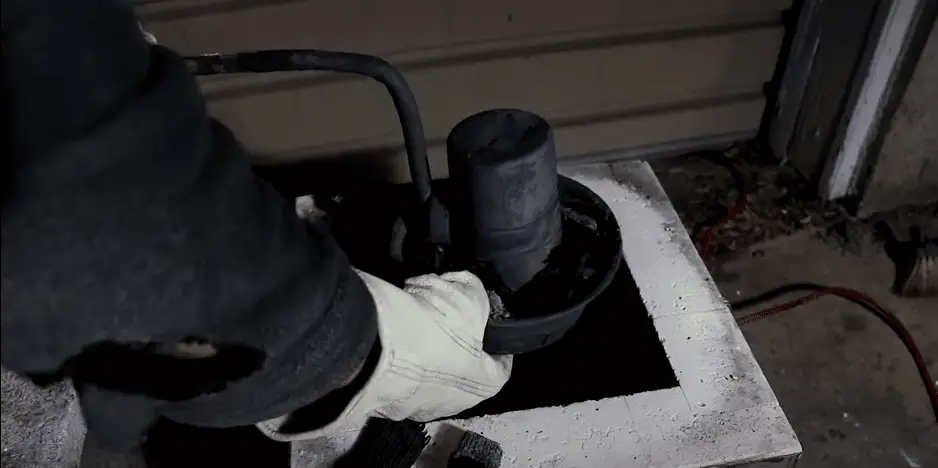
Step 4: Filtering your charcoal
No matter which method you choose to powderize your charcoal, you will still find some bigger bits meshed in with your charcoal powder. That is why it is necessary to screen your charcoal using a fine-mesh screen or strainer over a pan.
Don’t screen your charcoal powder on a windy day, especially if you are working outside. Otherwise, you may lose a lot of your charcoal to the wind. We recommend that you find a sheltered area when doing this process.
Step 5: Activating the charcoal

Once you are done screening your charcoal, it’s time to activate the powdered charcoal using a chemical. The chemical most commonly used in the activation of charcoal is calcium chloride added to water, although you may also use zinc chloride or lemon juice. Lemon juice works as effectively as calcium chloride solution and zinc chloride because of its citric acid content.
If the sound of zinc chloride or calcium chloride scares you, then you may go for bleach or lemon juice. Remember though, that even something as common as table salt is scientifically called sodium chloride.
You may purchase calcium chloride and zinc chloride from your local hardware store or a pharmacy. Both chemicals are benign when rinsed from activated charcoal but they can get very hot when mixed with water up to 130 degrees Fahrenheit. When using them, take note that the dilution is a 25 percent concentrated solution in a mason jar with a lid and then gently shaken.
For a successful activation process, you need to dissolve 250 grams of calcium chloride in 1000 ml of water. You may also think of that as an ounce of calcium chloride to 4 ounces of water. That solution should be enough to activate up to 8 ounces or half a pound of charcoal powder.
Since the solution can get extremely hot with calcium chloride or zinc chloride, don’t forget to wear your gloves when handling the jar. Meanwhile, if you are using lemon juice, just ½ cup of pulp-free lemon will be enough to complete the process. Mix the solution with your charcoal until you achieve a paste-like slurry and cover.
Ideally, you need to allow the charcoal to soak in the solution for 24 hours in the covered pot to complete the activation process. When done, rinse away the actifying solution with water.
Step 6: Getting rid of the actifying solution
The easiest way to get rid of the actifier on your charcoal is by using a coffee filter in a mesh strainer suspended high over a bowl. This will take some time since you need to rinse your charcoal thrice using distilled water.
When rinsing your charcoal, be careful not to use well water because the iron, calcium, and lime content of this water might only reduce the efficiency of your activated charcoal. Even city water contains a lot of fluoride, so it is also not ideal for rinsing away the actifier. Use distilled water as much as possible.

Step 7: Drying your activated charcoal
You may let your activated charcoal air-dry or dry it in an oven at a low temperature of 225 degrees Fahrenheit for 2 to 4 hours. You need to check it from time to time until it is already thoroughly dry.
Step 8: Keeping your activated charcoal
The best way to store your activated charcoal is by keeping it in a canning jar with a tight-fitting lid. Make sure you don’t expose it to air or chemicals in the air as odors and humidity can significantly reduce the effectiveness of the activated charcoal.
You may also encapsulate the charcoal in gel caps and keep them in a jar. Since activated charcoal is used to filter air and water and trap toxins, the gel caps make an ideal way to take them in the event of poisoning.
Dosing

When used as a treatment for health conditions, activated charcoal is best used under the supervision of a healthcare professional. Patients usually take a single dose of 100 grams by mouth to treat health conditions.
Side Effects and Potential Risks
Activated charcoal is generally safe to use, whether taken by mouth or applied to the skin. However, common side effects of this substance when taken by mouth include constipation and black stools.
Activated charcoal is also likely safe when used short-term, even by pregnant and breastfeeding women. However, it is not advisable to use this substance if you have gastrointestinal (GI) blockage or any condition that slows the movement of food
through your intestine.
Things to Remember When Taking Activated Charcoal

Activated charcoal provides a wealth of benefits but there are some things to remember when using or taking this substance. Here are some tips to remember when using activated charcoal, whether at home, for your health, or your pets:
- The amount of activated charcoal you need will vary depending on your use, so it is best to speak with a professional before using or taking it for any reason
- Since taking activated charcoal has a drying effect on the body, make sure you keep yourself hydrated as you take it
- If you are on certain medications, use caution as it may prevent the absorption of these medications into your bloodstream
- If you are using a store-bought activated charcoal, make sure you fully read the product packaging before use
Conclusion
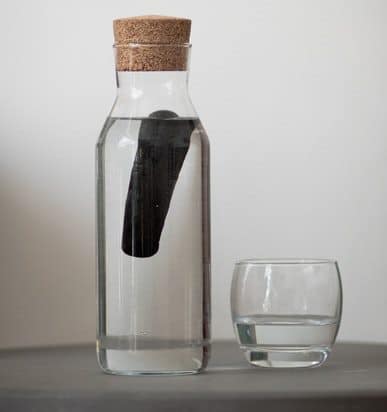
As a supplement, activated charcoal comes with a wide range of applications. It has the potential to treat poisoning, lower cholesterol, boost kidney function, and more. That is why it would help if you know how to make activated charcoal at home. With simple ingredients, you can take advantage of the many benefits that this magic powder has to offer.

Hi, if using lemon juice, could you use a freeze dried lemon juice powder? I believe one brand of it states that one teaspoon of the powder is equivalent to 1/8 of a lemon (whole part including pulp and peel). Freeze dried lemon powder would have a very long shelf life and multiple uses as well so it would be great to know if you think this would work. Also, do you think there are any coals out there that are made for coal stoves would be suitable? Like anthracite coal? I know there’s more types of coal than that but that one comes to mind. Thanks for all you do.
When using lemon juice do you only let the charcoal sit an soak in it for 24hr or do you cook it then let sit ?